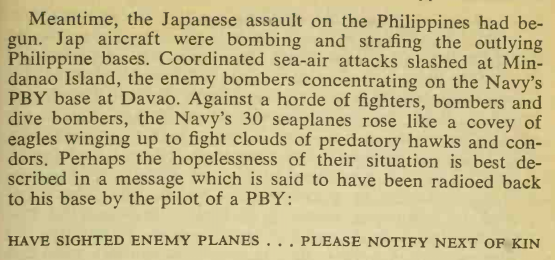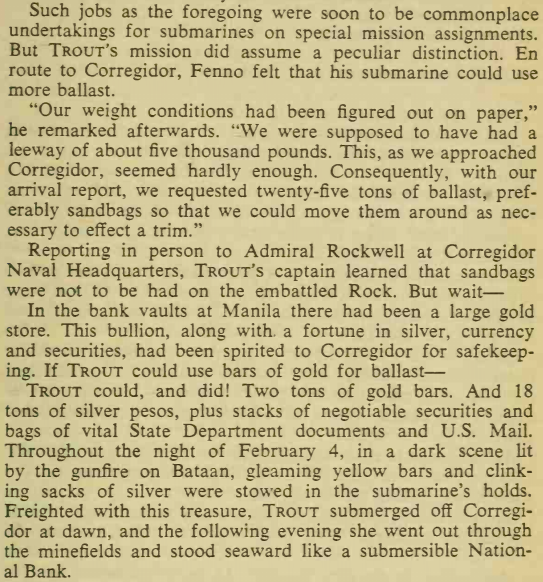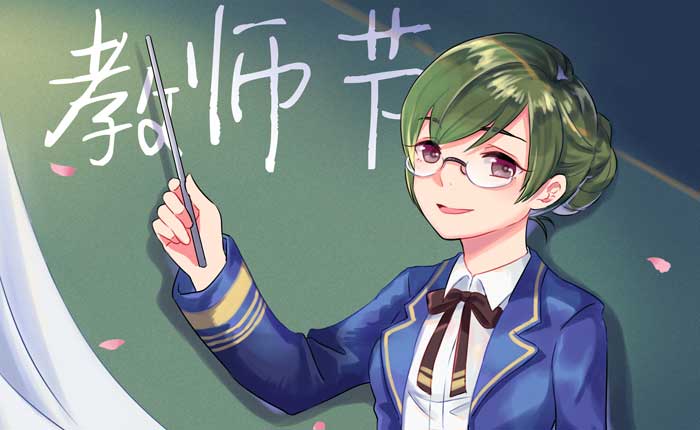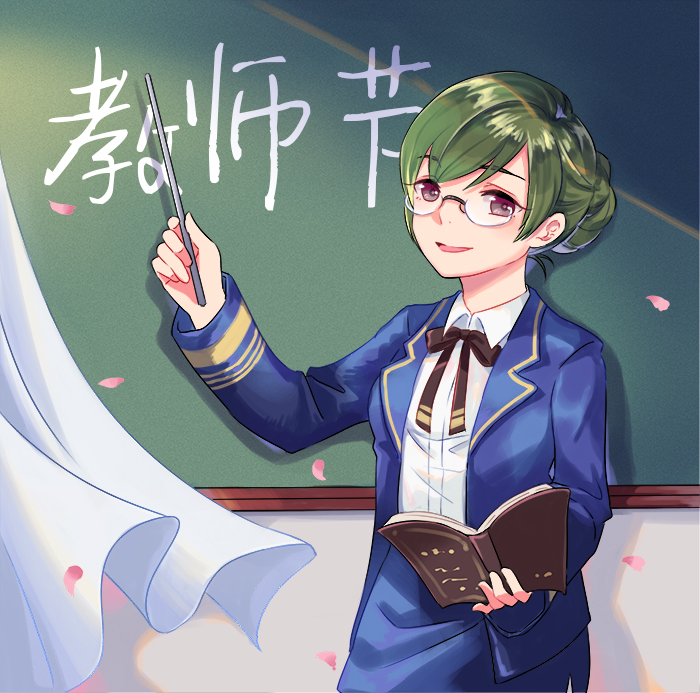Hi! Tautog here. Today we’re going to be talking about submarine special operations during World War II.
When we say the word “special operations,” many people have this mental image of um, super well trained masked men dropping from the skies. Super secret missions! Top-of-the-line gear! Operators! Pew pew blam, America!
That sort of thing is definitely a sort of special operation, but it is by no means the only operation of its type. In short, a “special operation” is exactly what it says. I would define it as a particular mission that requires unusual, unorthodox, or specialized individuals to accomplish. In that sense, then, the submarine was a prime candidate for these sort of things. A submarine’s ability to penetrate a hostile area without being detected, and the fact that it can stay for a long time without replenishing itself would become a big tactical advantage for the U.S.
I am, of course, talking about scouting. Many submarines had these as explicit goals as a part of their war patrols. Go in, check out what units the enemy has on the surface and near the shores, and report back. Remember we talked earlier about submarine communications. Many of these subs are equipped well for relaying information back to base. In this way they allowed the Army and the Marine Corps to make very informed decisions and largely minimized the unnecessary risks we would have taken.
But the submarine force did a lot more than scouting. The submarine force delivered supplies and men to guerrillas and special agents operating behind enemy lines. That’s the literal “special forces” per example above. In some cases the submarines played big roles in sabotaging enemy supply lines, laying mines, and carried out injured men (as well as valuable goods). It rescued pilots, of course, and deployed (as well as retrieved) shore watchers for longer term surveillance.
*flips through* Hmm, do I want to talk about mines or – Here’s an example. Hey. Trout! Trout? February 1942. Go.
Hah? Oh. Okay. According to the documents here… Let’s see… Trout…
What? The vast majority of this stuff is still buried information within U.S. Archives somewhere on microfilms since most people haven’t bothered to look through what, fifty, sixty thousand individual records? I want to make sure that we’re being accurate. In any case, to answer your question –
Here we go. USS Trout. SS 202. February 3rd 1942. 3,500 rounds of 3’’ AA ammunition to Corregidor. A drop in the bucket considering the island was hit by over 600 aerial sorties totaling more than 350 tons of explosives…
Wow, you remember that?
Heheh. Actually I uh, just looked that up yesterday. Aoba had to look up some data on Japanese aerial operations in 1942. Then we found this sad tidbit while we were looking through some old books…

Anyways. It says here that SS 202 also evacuated 20 tons of gold, silver, and securities and took them to Washington.

“And so ended the Trout’s second war patrol.”
Mhm! Of course, the Navy quickly figured out that the best submarines at the job were the largest ones by displacement. That would be the Narwhal and Nautilus. The Narwhal sometimes carried over ninety tons of ammunition and food to the guerillas or army personnel on a single run. This is in addition to the extra men that the V-boat would sometimes carry.
… I don’t need to say that these were very dangerous operations. Just meeting up with the shore party to drop this stuff off was a challenge. Still, the Army and the Filipino guerillas were very clever. For instance, in another one of Trout’s war patrols (Jun 13, 1943, war patrol no. 9), the little steam boat that was supposed to link up with her camouflaged itself using tree branches, but still managed to fly an American flag.
Anyways, so on that particular trip, the Trout’s mission is as follows:
- Drop five Army officers and men led by Captain Hamner at Pagadian Bay in early morning.
- Transfer supplies to friendlies by night & receive intel update.
- Scout out the areas east of Olutanaga Island for the navy.
- Check to make sure Olutanaga rendezvous point is clear.
- Pick up five Army officers lead by Lt. Commander Parsons at northwest of Liscum Bank.
I should note, too, that the Trout went above and beyond her duties in this trip –
All submariners do that, Tautau. Especially if there’s a need.
Yeah, but here it was important enough to document. It says here that the Trout was carrying far over what her recommended loadout would have been.
Couldn’t have done anything about it. Orders were orders. Somewhere up the chain something happened, they needed supplies, and we’re going to get it to them. Besides, would you really want our boys to go without basic necessities? I mean, we’re talking bullets and food here.
It says here that the Trout also carried reading materials.
…Eh, compared to the extra thousands of rounds of 30 and 45 cal bullets I think we can afford to squeeze in a couple of novels or a Bible here or there. Tell you what, if I was commander I’d have done the same thing.
The bigger picture here, though, is that the Trout’s actions were only a small part of the overall intelligence network that the US was building in the southern Pacific. The Trout, of course, successfully completed all of her logistical tasks and will be bringing home two important pieces of information. The first is the layout and force disposition of the Japanese near the areas she visited. The second is point 2, where the shore parties delivered a detailed report of Japanese shipping lanes and updates pertaining to their movements – for instance, what sort of things were being brought in or which ships were passing in the area.
This isn’t even counting the two cargo ships she got during this trip!
Now, imagine dozens of U.S. submarines all doing this during the Pacific War. Coupled with the fact that the US had cracked the Japanese naval code, and you can see how this helps war-planning immensely. This sort of special operation was a really good example of what a fleet of good submariners could do.
(We had some computer troubles yesterday… Human error is human error…)

(Also! Nobody hijacked my sub-corner this time! Yay!)





